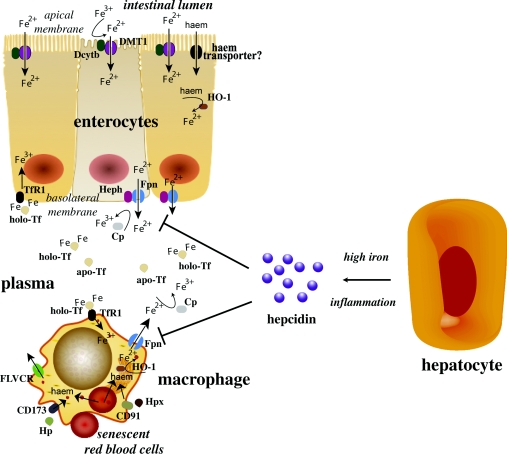Figure 1. Hormonal regulation of iron efflux from duodenal enterocytes and reticuloendothelial macrophages by hepcidin.
Enterocytes absorb inorganic or haem iron from the diet and macrophages phagocytose iron-loaded senescent red blood cells, or acquire iron by other mechanisms (see the main text). Both cell types release Fe2+ into the plasma via ferroportin (Fpn), which is incorporated into apo-Tf following oxidation to Fe3+ via hephaestin (Heph) or ceruloplasmin (Cp). Hepatocytes generate the iron-regulatory hormone hepcidin in response to high iron or inflammatory signals, which inhibits the efflux of iron via ferroportin and promotes its retention within enterocytes and macrophages.

